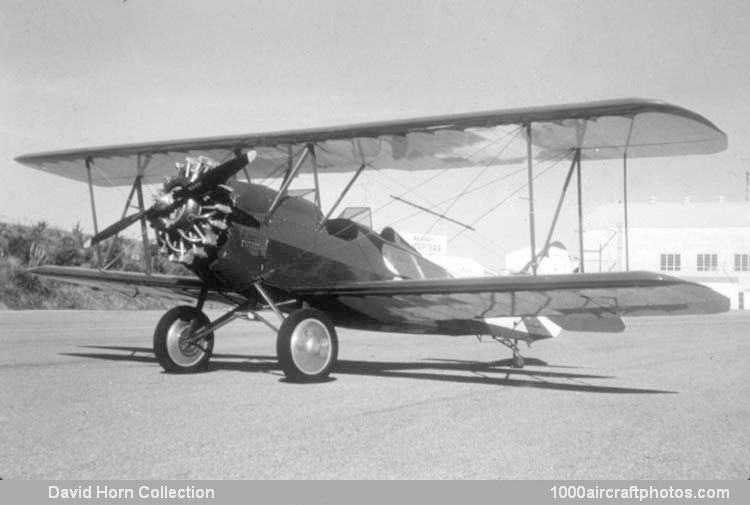The LP-3 was a typical three-seat open cockpit biplane and was powered with the popular Curtiss OX-5 engine of 90 hp. Comparable to the many other airplanes of this type, it was primarily designed for use by the small independent operators and private owners. It was an airplane of quite familiar lines and as Page was assisted by Victor Roos, who had come over from Swallow Aircraft, the LP-3 had a striking resemblance with the Swallow OX-5.
The fuselage framework was built up of welded chrome-moly steel tubing, faired to shape with wood fairing strips and fabric covered. The wing panels were built up of solid spruce spars and spruce and plywood built-up ribs, also fabric covered. The fabric covered tail-group was also built up of welded steel tubing, the horizontal stabilizer was adjustable in flight. Tail-skid was first a steel tube with hardened shoe, but was later changed to the spring-leaf type.
First introduced in the latter part of 1927, the Type Certificate for the LP-3 was issued in March of 1928. The type was popular to some extent in the western half of the USA but it was little heard of in many other parts of the country, and no records seem to be available of the number that might have been built. Later, there was a modified version known as the LP-3A and it was powered with the Hisso Model A engine of 150 hp."
